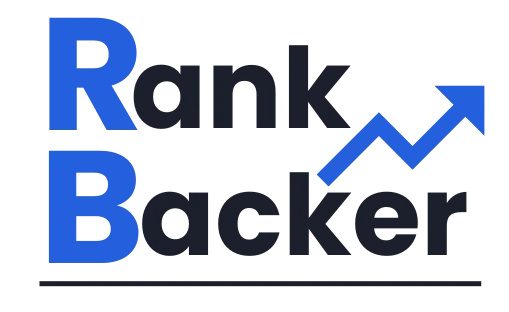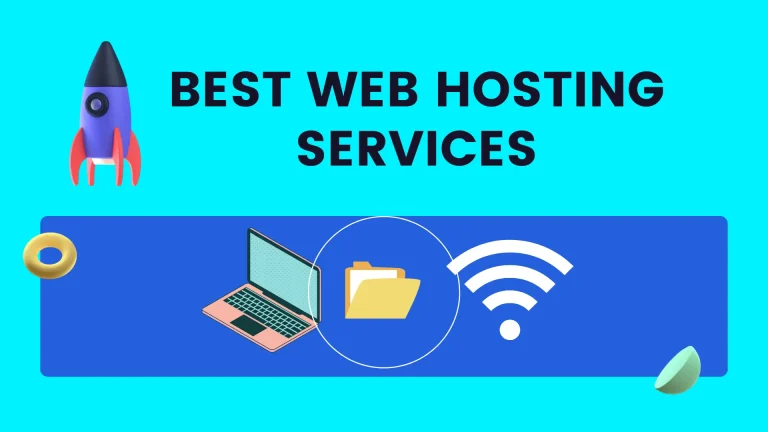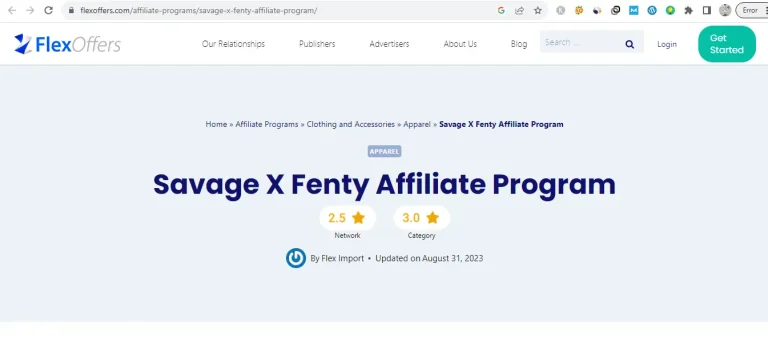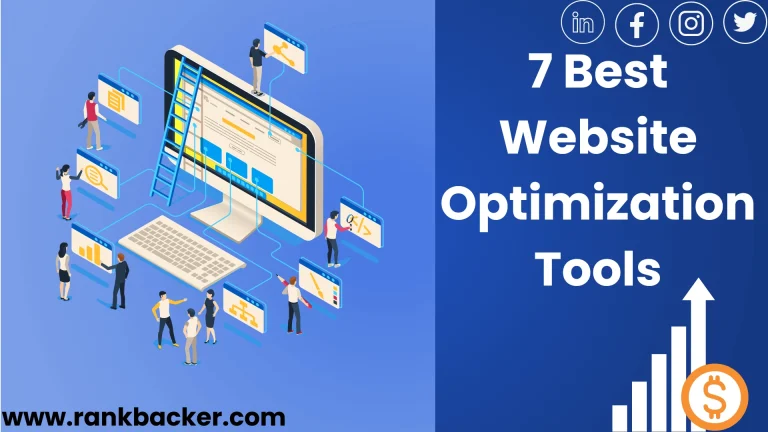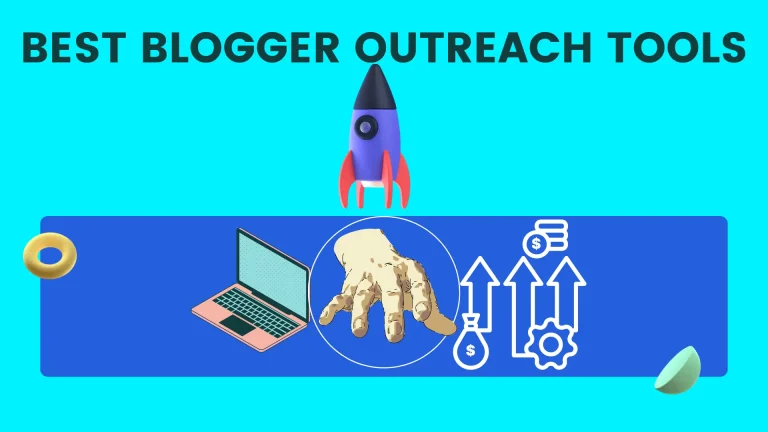How To Start A Blog In 2024: The Beginner’s Guide
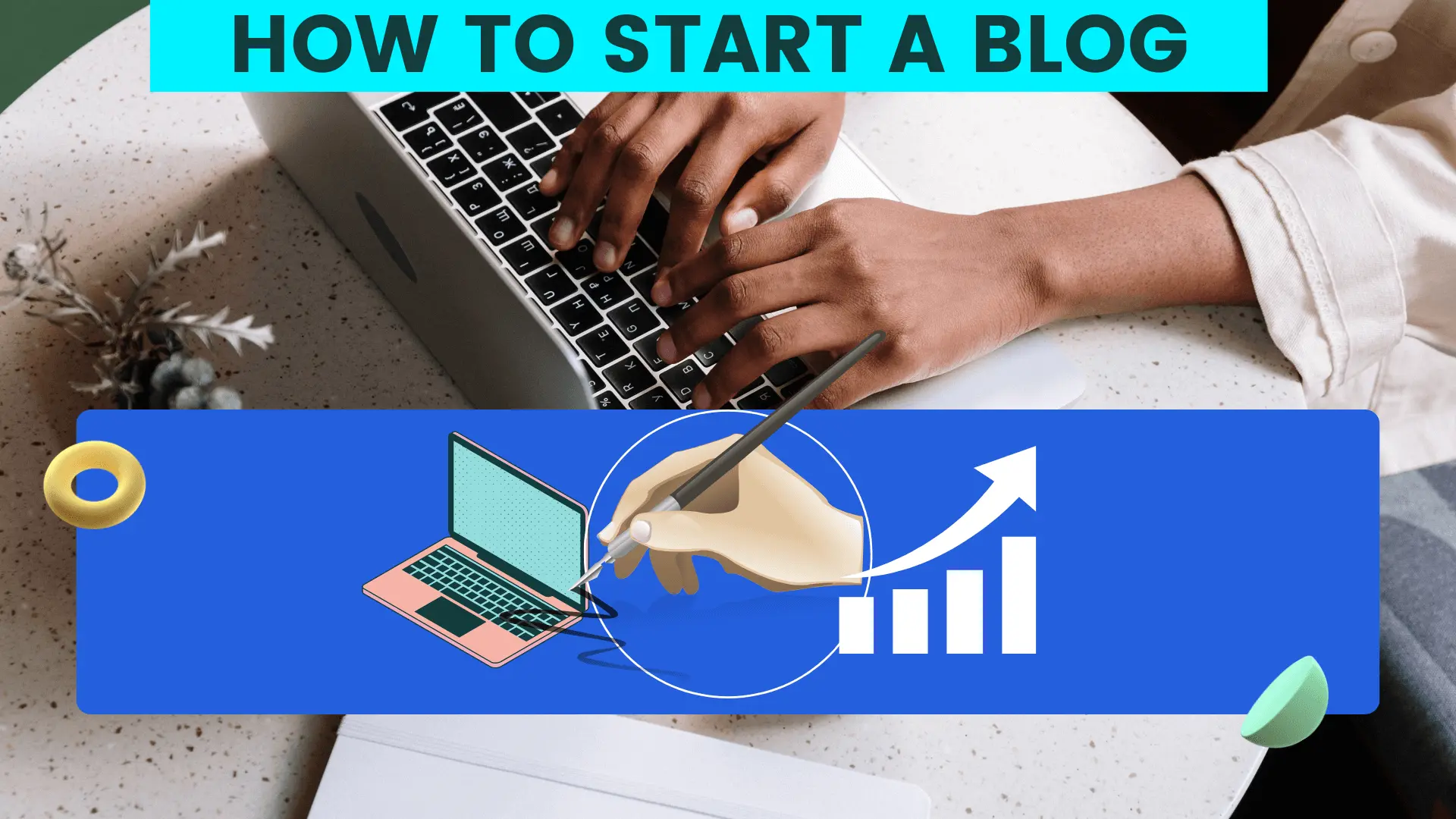
Writing a blog has become a popular way to share thoughts, abilities, and experiences with the world.
Blogs are a great way to express yourself and engage with others.
This comprehensive guide will show you how to start a successful web blog by 2024, even if you are new to blogging
Step 1: Define Your Blog’s Purpose and Niche
Before diving into the technical aspects, Defining the purpose and niche of your blog is a crucial first step in starting a successful blog.
It involves identifying the main objective of your blog and narrowing down the specific topics or themes you will focus on.
Here’s a more point by point clarification of this step:
a. Identify Your Objectives:
Begin by inquiring yourself why you need to begin a blog.
Is it to share your personal experiences and stories, provide informative content on a particular subject, promote your business or services, or generate income through monetization?
Clarifying your objectives will help shape the direction and goals of your blog.
b. Identify Your Target Audience:
Determine your ideal or target audience. Consider their demographics, interests and needs. By understanding your audience, you can create content that resonates with them and meets their expectations.
c. Choose a Specific Niche:
Selecting a particular niche for your blog website is significant for some genuine reasons.
First, it helps you establish yourself as an authority in a particular field or topic.
Second, you can target specific audience segments, making it easier to attract and retain readers.
Research popular niches and consider your own expertise and interests to find a niche that aligns with your objectives.
Evaluate Competition: Research other blogs or websites in your chosen niche to evaluate the level of competition.
Assess their content, engagement, and overall success.
This will give you insights into what is already available and help you find a unique angle or perspective for your own blog.
d. Refine Your Blog’s Focus:
Based on your objectives, target audience, niche research, and competition analysis, narrow down the specific topics or subtopics you will cover in your blog.
This helps you create targeted and relevant content that engages your audience and differentiates you from your competitors.
Consider long-term sustainability.
Choosing a niche that fits your interests and expertise is important, but you should also consider its long-term sustainability.
Will the niche allow for ongoing content creation and reader engagement?
Ensure that your chosen niche has enough depth and potential for growth to sustain your blog’s success in the long run.
By defining your blog’s purpose and niche, you lay the foundation for creating a blog with a clear identity, target audience, and unique value proposition.
This clarity will guide your content creation efforts and help you attract and retain loyal readers who resonate with your blog’s focus.
Step 2: Choose a Blogging Platform
Selecting the right blogging platform is crucial for the success and ease of managing your blog. Here are some popular options:
1. WordPress: WordPress is the most widely used blogging platform, offering a powerful content management system (CMS) and endless customization options. It provides both a self-hosted version (WordPress.org) and a hosted version (WordPress.com).
2. Blogger: Owned by Google, Blogger is a simple and beginner-friendly platform that offers free hosting and easy integration with other Google services.
3. Medium: Medium is a popular platform known for its user-friendly interface and built-in audience. It’s ideal for writers who want to focus on creating content without worrying about technical aspects.
4. Wix: Wix is a website builder that also offers blogging capabilities. It provides a drag-and-drop editor and a range of templates to create visually appealing blogs.
Consider the following factors when choosing a blogging platform:
- Ease of Use: Look for a platform that suits your technical proficiency and comfort level. Consider whether you prefer a user-friendly interface or want to learn more advanced features.
- Customization Options: Evaluate the level of customization offered by the platform. Consider whether you need flexibility in design, templates, and functionality.
- Scalability: Assess whether the platform can grow with your blog’s needs. Consider whether it supports features like e-commerce, membership sites, or advanced content management.
- Community and Support: Research the availability of a supportive user community and the quality of customer support provided by the platform.
- Cost: Consider the pricing structure of the platform, including any additional costs for custom domains, themes, plugins, or hosting.
A careful weighing of these factors will help you choose a blogging platform that meets your goals, technical skills, and customization needs.
Remember, you can always migrate your blog to another platform in the future if your needs change.
Step 3: Register a Domain Name
Selecting a memorable and relevant domain name is essential for branding your blog. Ideally, your domain name should reflect your blog’s niche and be easy to remember.
Register your domain name through a reputable domain registrar like GoDaddy, Namecheap, or Bluehost.
Step 4: Set Up Web Hosting
To make your blog accessible on the internet, you’ll need web hosting. Web hosting providers store your website’s files and make them available to visitors.
Consider factors like reliability, speed, customer support, and pricing when choosing a web hosting provider. Some popular options include Bluehost, SiteGround, and HostGator.
Step 5: Install and Customize Your Blog
If you choose a self-hosted WordPress.org platform, install WordPress on your web hosting account. Most hosting providers offer one-click
WordPress installation, making it easy to set up your blog. Choose a visually appealing theme that aligns with your blog’s niche and customize it to create a unique look and feel.
Step 6: Create Compelling Content
Now comes the most crucial part: creating high-quality and engaging content. Research your chosen topics, plan your content strategy, and aim to provide value to your readers.
Use a mix of informative articles, tutorials, opinion pieces, and engaging visuals to keep your audience interested.
Step 7: Optimize Your Blog for Search Engines
Implementing basic search engine optimization (SEO) practices will help your blog rank higher in search engine results and attract organic traffic.
Optimize your blog by using relevant keywords, creating meta tags, optimizing images, and ensuring your website loads quickly.
Step 8: Promote Your Blog
To reach a wider audience, promote your blog through various channels. Utilize social media platforms, guest blogging, email newsletters, and collaborations with other bloggers to increase your visibility.
Engage with your audience by responding to comments and actively participating in relevant online communities.
Step 9: Monetize Your Blog
If monetization is one of your goals, explore different methods to generate income from your blog.
This can include displaying ads, partnering with brands for sponsored content, selling digital products or services, and offering premium content through memberships or subscriptions.
Step 10: Learn and Evolve
Blogging is a continuous learning process. Stay updated with the latest trends, techniques, and tools in the blogging industry.
Analyze your blog’s performance using analytics tools and make data-driven decisions to improve your content and user experience.
